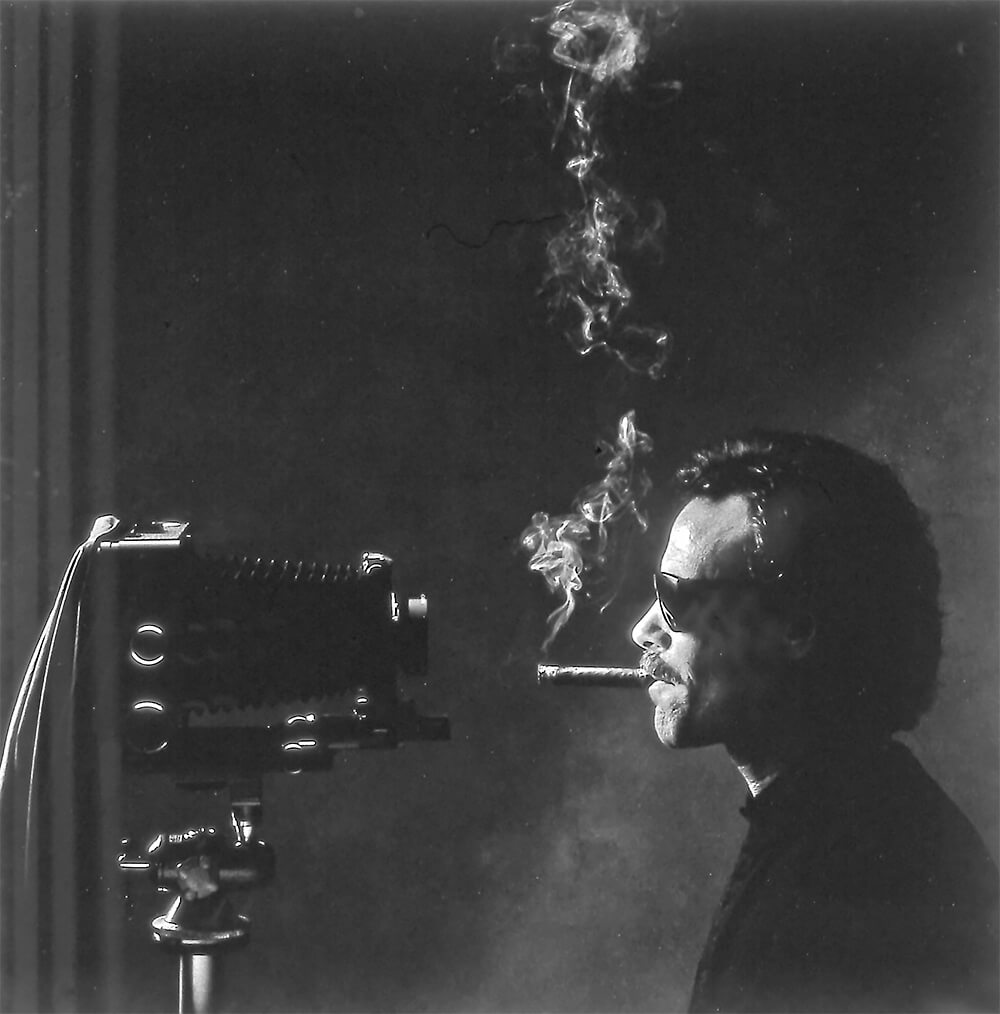A classically-trained clarinetist, Zimberoff studied music at the University of Southern California before pivoting to photography. As a photojournalist, he has covered hundreds of historical and breaking news stories published worldwide, from the renegotiation of the Panama Canal Treaties; to NATO war games, a trip to Beijing with Secretary of State Alexander Haig opening trade talks with China; the eruption of Mount St. Helens; Super Bowl XIV; to documenting East LA gangs. One plum assignment from
Esquire had him photographing
"The Most Eligible Women in America." He's shot many hundreds of portraits, including magazine covers from John Lennon to Steve Jobs plus two sitting American presidents (Carter and Reagan) for the covers of
Time Magazine and
Fortune, as well as advertising campaigns for Fortune 500 companies, Hollywood movie studios, and the US Navy.
Zimberoff was nineteen when he shot his first photo assignment for
Time magazine: the farewell public recital of violin virtuoso Jascha Heifetz - a personal hero. By the time he turned twenty-one, Zimberoff had toured with the Jackson-5, the Rolling Stones, and Stevie Wonder, spent a day photographing John Lennon, and shot the first cover of
People magazine. (It was the 1973 proof-of-concept issue featuring Olympic swimmer Mark Spitz.)
Zimberoff has fun describing his pursuit as a predatory sport: hunting big game.
"We don't 'load' cameras much anymore," he says,
"but we still 'aim' them and 'shoot' pictures." He doesn't stalk his prey but gets close enough for a good clean shot (close enough for rapport as much as proximity), to avoid inflicting gratuitous wounds. He bags his quarry with a lens instead of looking down the barrel of a gun but, he also says,
"I hang their heads on a wall to admire like trophies." His hunting license was a press pass. His portraits can be found in private collections and museums, including the
National Portrait Gallery in London; the
Los Angeles County Museum of Art; and the
San Francisco Museum of Performance and Design. Recently, his entire career archive - literally a ton of film - was acquired by the
Briscoe Center for American History at the University of Texas at Austin. His first two formal portraits were Marx and
Lennon - Groucho and John.
Tom's expertise with the business side of photography is evidenced by the articles he's had published in leading industry journals. He is also the author of
Photography: Focus on Profit (Allworth Press, 2002), which has been used as a textbook at colleges throughout the country. He also taught briefly at several San Francisco Bay Area colleges. He taught himself to write code and developed PhotoByte®, the pioneering business-management software for commercial photographers.
It has been used to teach at colleges across the country. After a ten-year hiatus from shooting pictures to pursue his software business and writing, Tom picked up his cameras once again to illustrate another book,
Art of the Chopper (Bulfinch Press, 2003), his tribute to a decades-long affinity for custom motorcycles. It became a best-seller, followed by a
second volume (Hachette, 2006), with forewords by Sonny Barger of the Hells Angels and James Hetfield of the band Metallica, respectively.
As an encore to the
Art of the Chopper books, Zimberoff was invited to curate an exhibition at the William J. Clinton Presidential Library in 2008, where thirty of the actual motorcycles illustrated in print were displayed on pedestals as works of sculpture. They were juxtaposed with Zimberoff's photographs large-format black-and-white portraits plus documentary (candid) photos of the moteuriers who built each chopper. The "Art of the Chopper" exhibition traveled to the Appleton Art Museum in Ocala, Florida and to Union Station in Kansas City, Missouri.
Tom's most recent venture is a startup dedicated to creating the first data-driven marketplace for commercial and editorial photography.
Zimberoff was born in Los Angeles in 1951 to a family with three grown siblings already a generation older -
"like growing up with five parents," he says. His mother owned a boutique in Las Vegas, during the 50s and 60s; and his father was a musician who played the Vegas hotel orchestras that backed up Sinatra, Nat King Cole, and Bobby Darrin et al. Young "Tommy" grew up in Las Vegas, returning to California, on and off, to live with his older sister and two years in military school), finally leaving Las Vegas for his senior year at Beverly Hills High School when his parents retired. Then he received his music scholarship to USC.
Zimberoff now lives in San Francisco, where he says he is ready to throw his lens cap back in the ring, as soon as the Covid-19 pandemic ends. In the meantime he is writing a memoir, an anthology of stories about his career. The title is
A Photographic Memory. Each chapter juxtaposes one portrait with equally compelling prose about the events surrounding its creation.
Articles
Haut Moteur
Principles of Portraiture on Camera
AAP Magazine
Portrait #40
B&W #41
Portrait #48
